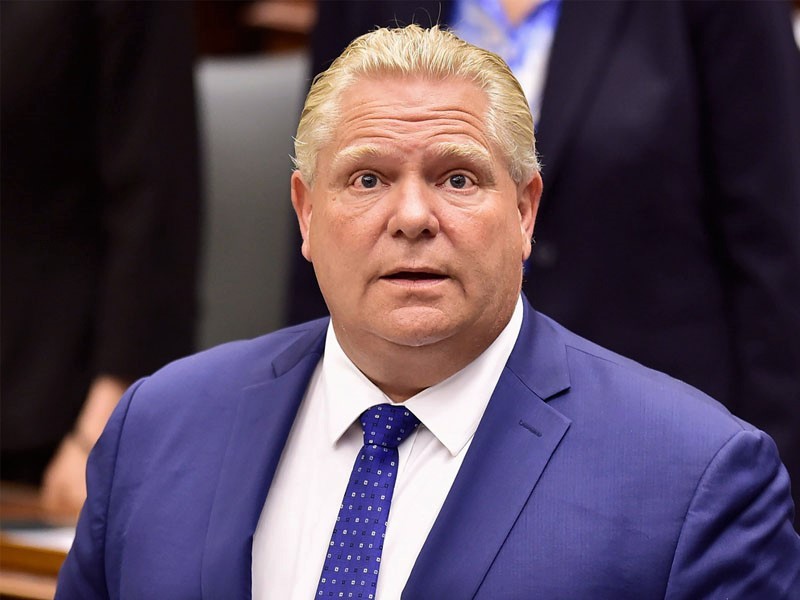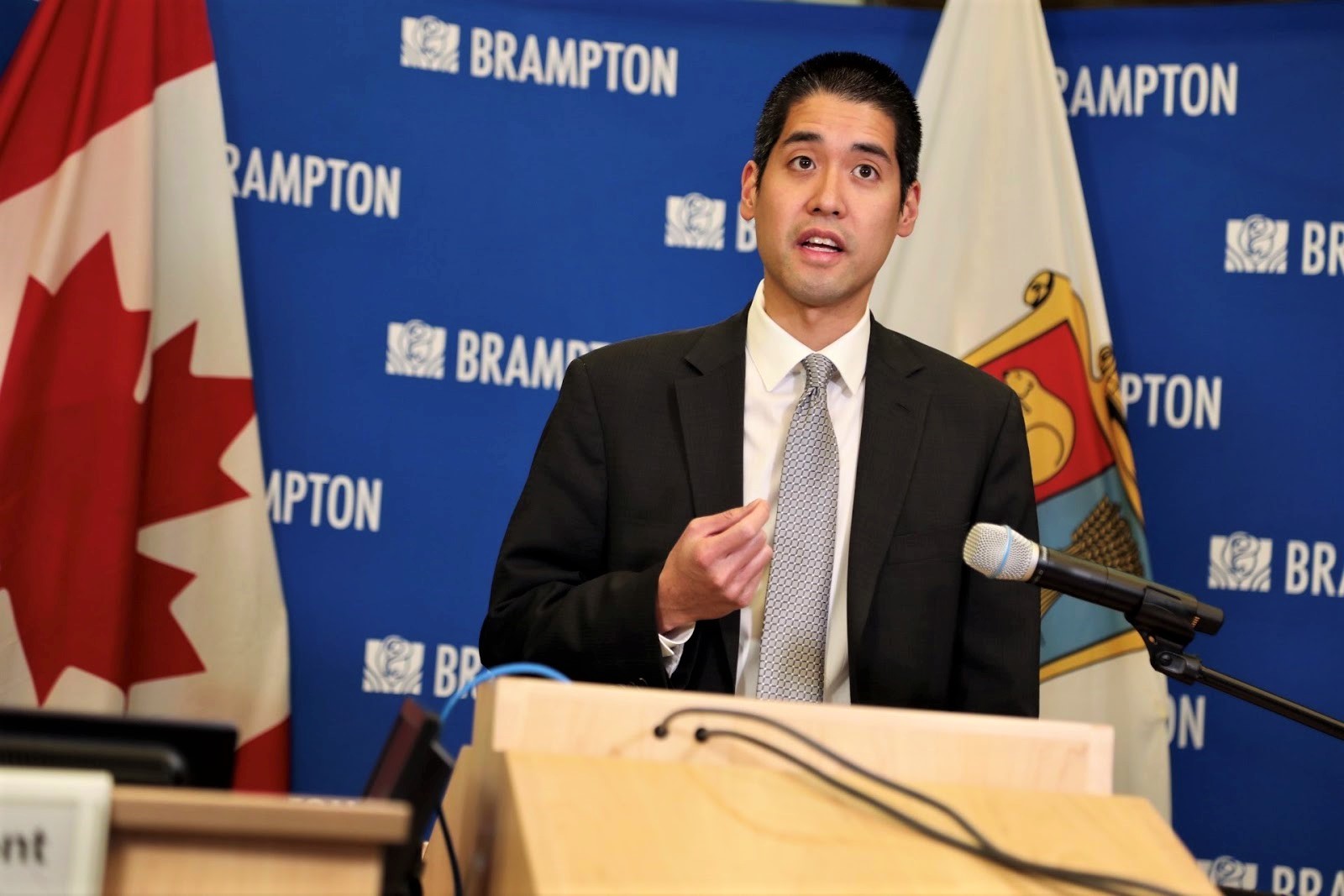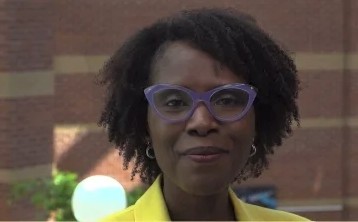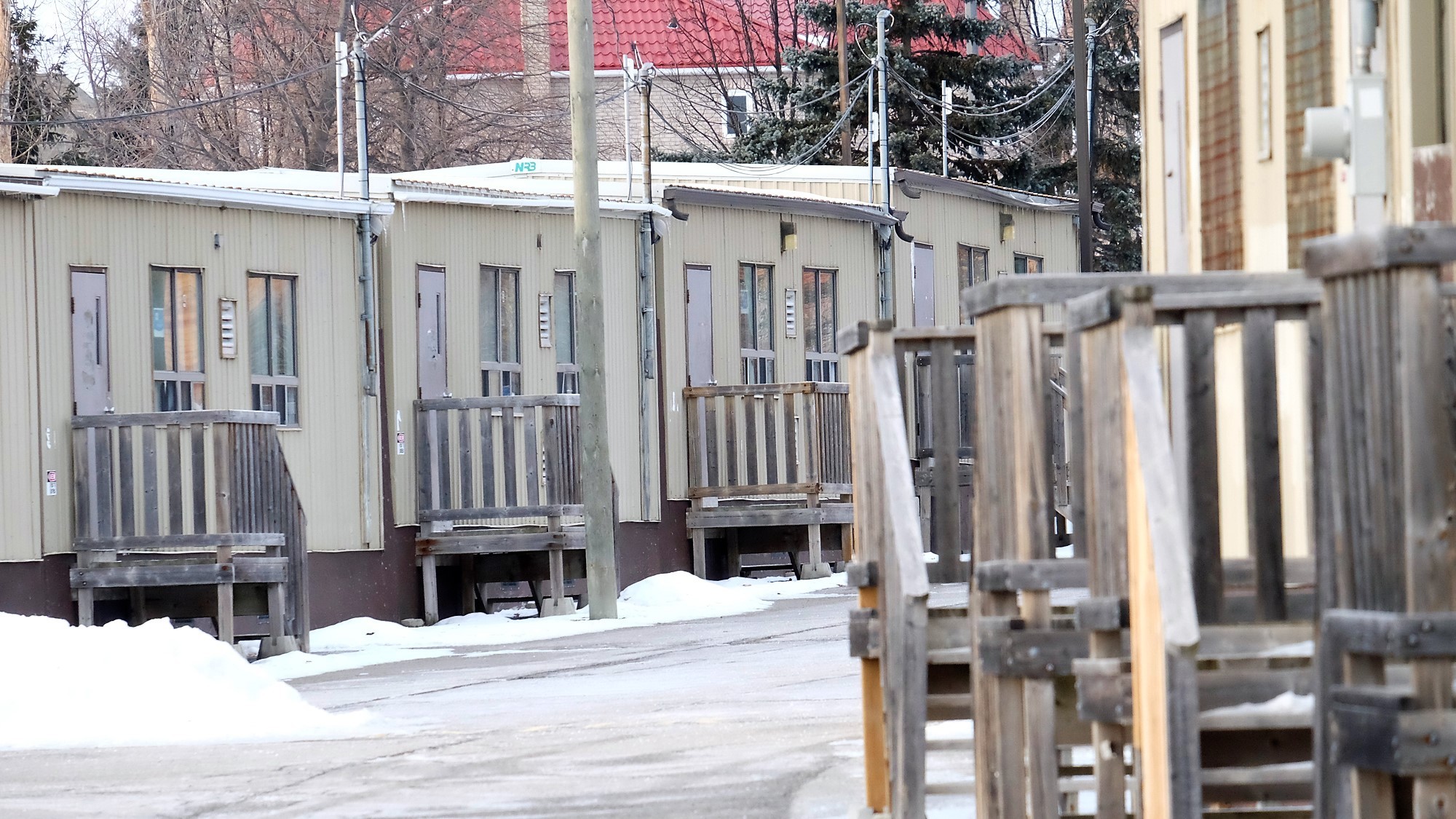
Peel Public Health supports smaller class sizes in elementary schools while Ford defends his maligned plan
After being asked by The Pointer on Friday Dr. Lawrence Loh, Peel’s top doctor, said he supports smaller class sizes for elementary schools this September.
A day earlier, Toronto Public Health, using its own expertise, stated it does not agree with Premier Doug Ford’s plan to have elementary schools reopen in September with pre-pandemic class sizes, due to safety concerns and the inability to follow social distancing guidelines.

Dr. Lawrence Loh says Peel schools should maintain lower class sizes to prevent viral spread
Toronto Public Health Unit’s Associate Medical Officer of Health Dr. Vinita Dubey wrote a letter to the Toronto District School Board (TDSB) saying her team of medical experts have “concerns” with the current school reopening plan, based on the Ford government’s directions at the end of July.
The concerns are mainly about class sizes in elementary school; TPH said smaller class sizes can provide more room for physical distancing which reduces the risk of spreading the novel coronavirus.
“Physical distancing of two metres is one of the four core behaviours that can help limit exposure to COVID-19, one of the possible ways to achieve this in schools is through smaller class sizes,” Dr. Loh responded in an email to The Pointer Friday, when pressed about the decision by Toronto’s public health unit.
While Loh has not taken the more firm and proactive stance of his Toronto counterpart, his observation is similar to that shared by Dr. Dubey in her letter to TDSB.
“While some distance may be beneficial over no distance, (eg. 1 metre compared to no distance), keeping 2 metres apart as much as possible is still strongly recommended by public health,” she wrote.
Despite the calls from public health officials, angry parents and teachers’ unions to reconsider their plan, Ford and Minister of Education Stephen Lecce have made it clear in the past few days they are not going to budge on their reopening guidelines for schools until they are tested.
At a Tuesday press conference Ford said, “let’s give this a shot at least,” responding to a flurry of critical questions about his school reopening strategy.
Over the past two days the pair have been grilled by reporters across Ontario about why they are not lowering elementary class sizes. In Friday’s press conference neither provided a yes or no answer when asked if they will lower elementary class sizes before the start of school in September.
Instead, they said the PC plan is “flexible” and they are providing “$30 million to hire more teachers” so school boards can reduce class sizes if they need to.
“This is a living document, it’s responding to working evidence,” Lecce said.
New Director of Peel District School Board (PDSB) Colleen Russell-Rawlins told The Pointer Friday, “our only choice in terms of being responsible is to continue to revise our plan as more information becomes available to us.”

PDSB's new Director of Education Colleen Russell-Rawlins
The comments Friday by the head of PDSB, Ford and Lecce suggest they could adjust class sizes after a trial run using the normal student numbers in September. At Tuesday’s conference Ford said the government has to consider parts of Ontario that haven’t had cases in months.
Questions hang over how school reopenings will be managed under this approach, with the possibility of a more region-by-region strategy.
Another unknown factor is the number of families with elementary school children that will choose the online home-learning option. Boards have been sending surveys to parents to gauge how many plan to send their students to school and how many expect to continue virtual learning at home until the risk of infection is dramatically reduced. It’s likely that areas of the province with higher rates of infection will see more parents choosing the latter.
Regarding the allocation of additional funding for school boards, Alexandra Adamo, a spokesperson for the education ministry, told The Pointer in an email, “we are still in the process of figuring out exact dollar amounts to boards.”
The Province announced $309 million towards COVID relief for schools, $30 million of which is for hiring more teachers to keep class sizes small. It’s unclear how this amount could actually help reduce class sizes for boards such as the PDSB.
“The money that the government has given to the school boards (for new teachers) is going to amount to the equivalent of $16,000 per school,” Opposition NDP Education Critic Marit Stiles told The Pointer. That’s not nearly enough to hire even one extra teacher, and even looking at just elementary schools, it still would not allow for an extra teacher in each one.
The $309 million, which the NDP has said was already committed by the previous Liberal government, is now to be used for extra teaching staff, 900 additional custodians and cleaning supplies, health and safety training and extra support for students in classrooms along with additional mental health supports. With a predicted two million students entering public schools across Ontario this fall, the extra funding amounts to $154.5 per child. PDSB is expected to have 156,757 students this upcoming year, which, if the money is based on per student funding, would provide the board with $24,218,956. A per school allocation for each of the 257 PDSB schools would be $95,727.
The $30 million specifically for new teachers works out to 750 teachers across 4,828 schools, using the current starting salary in Ontario of $40,000 (not including any benefits or other costs).
On a per student basis, PDSB would be able to hire approximately 58 teachers for all 257 schools in the board. For the elementary level, it would allow about one teacher for every three to four schools.
“That wouldn’t go very far at all,” said Gail Bannister-Clark, President of Peel’s local Elementary Teachers’ Federation of Ontario (ETFO).
There is also the possibility that many teachers, especially those who are older or have underlying risks that make COVID-19 particularly dangerous, might take short-term leave. So, additional teachers might not even make up for those who choose not to enter the classroom.
Bannister-Clark wonders if the government has looked into using libraries and even community centres for additional teaching spaces.
Dufferin-Peel Catholic District School Board (DPCDSB) with a student population of 78,032 students would get $12,055,944, one million of which would go toward hiring approximately 29 new teachers for 151 schools.
With the possibility of viral spread in school settings, Bannister-Clark is worried about Peel’s most vulnerable populations, considering visible minorities make up the largest portion of those infected with COVID, and the region is home to the largest immigrant population per capita in Ontario.
The proposed funding simply will not help keep student numbers down for the overwhelming majority of classrooms.

Peel's schools are already underfunded and often need rows of portables to accommodate students
“$30 million sounds like quite a bit of money but when you break it down it really isn’t sufficient,” President of Ontario Secondary School Teachers’ Federation (OSSTF) District 19 Andrew Soboleswki told The Pointer.
Ford has been asked if the Province will write more cheques to schools. “I’ll never say never,” he said.
Sobolewski told The Pointer earlier this week he is concerned about the lack of time before school starts.
Class sizes in many parts of Peel often reach 30 students. With the large per-class student population because of underfunding and hyper growth in the area, and the need for almost two dozen portables in some schools, PDSB requires additional sanitation staff to keep schools clean. Before the pandemic some classrooms were closed because the board didn’t have the funding to clean them regularly, Bannister-Clarke told The Pointer, adding that many classroom sinks also don’t have soap or paper towels to actively encourage good hand hygiene.
Cleaning schools with COVID guidelines in place requires funding that PDSB didn’t have before the pandemic. The union leaders say Peel schools will be challenged to operate with safe cleaning protocols, as the additional funding won’t even make up for prior shortfalls.
Email: [email protected]
Twitter: taasha__15
COVID-19 is impacting all Canadians. At a time when vital public information is needed by everyone, The Pointer has taken down our paywall on all stories relating to the pandemic and those of public interest to ensure every resident of Brampton and Mississauga has access to the facts. For those who are able, we encourage you to consider a subscription. This will help us report on important public interest issues the community needs to know about now more than ever. You can register for a 30-day free trial HERE. Thereafter, The Pointer will charge $10 a month and you can cancel any time right on the website. Thank you.
Submit a correction about this story


